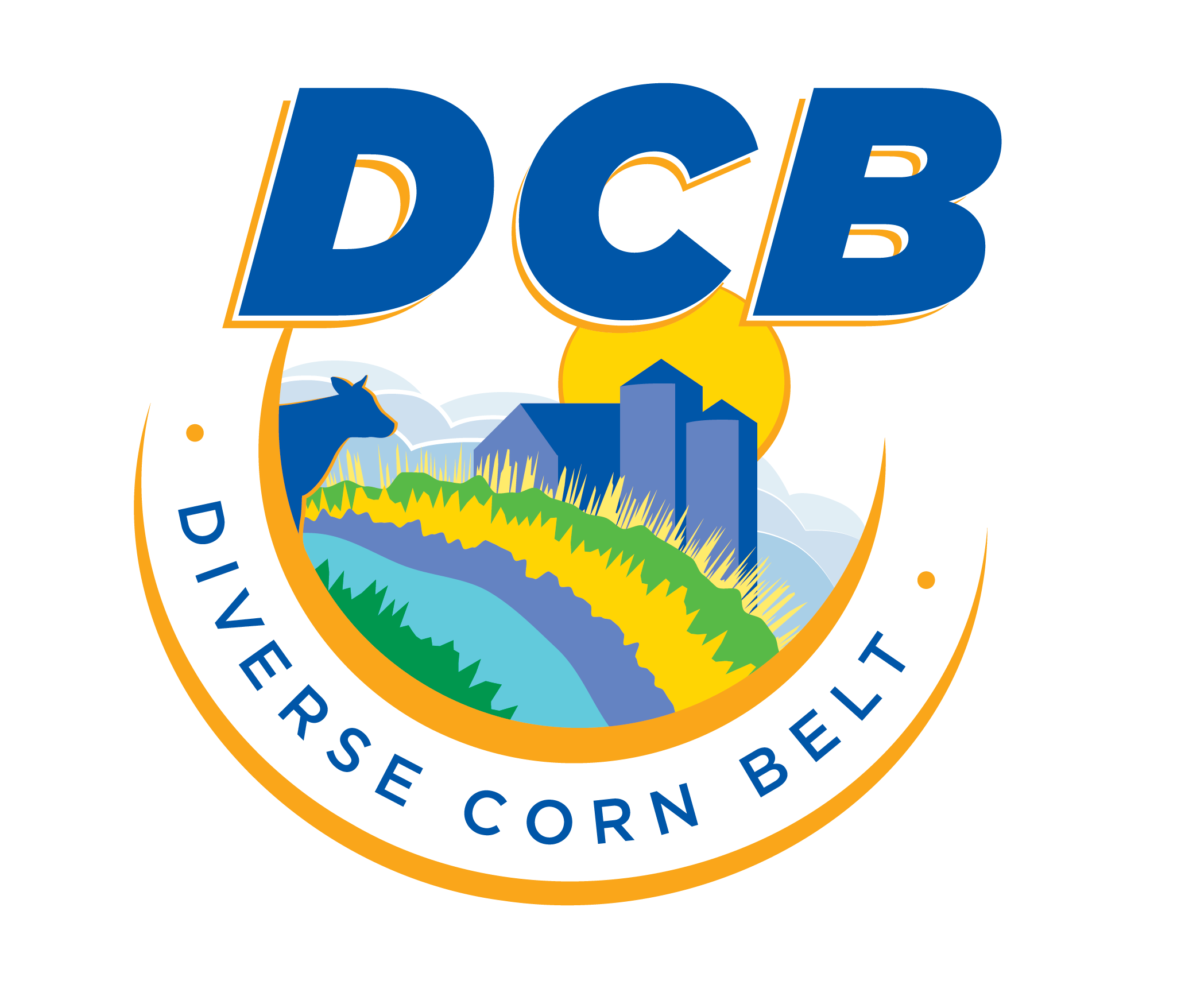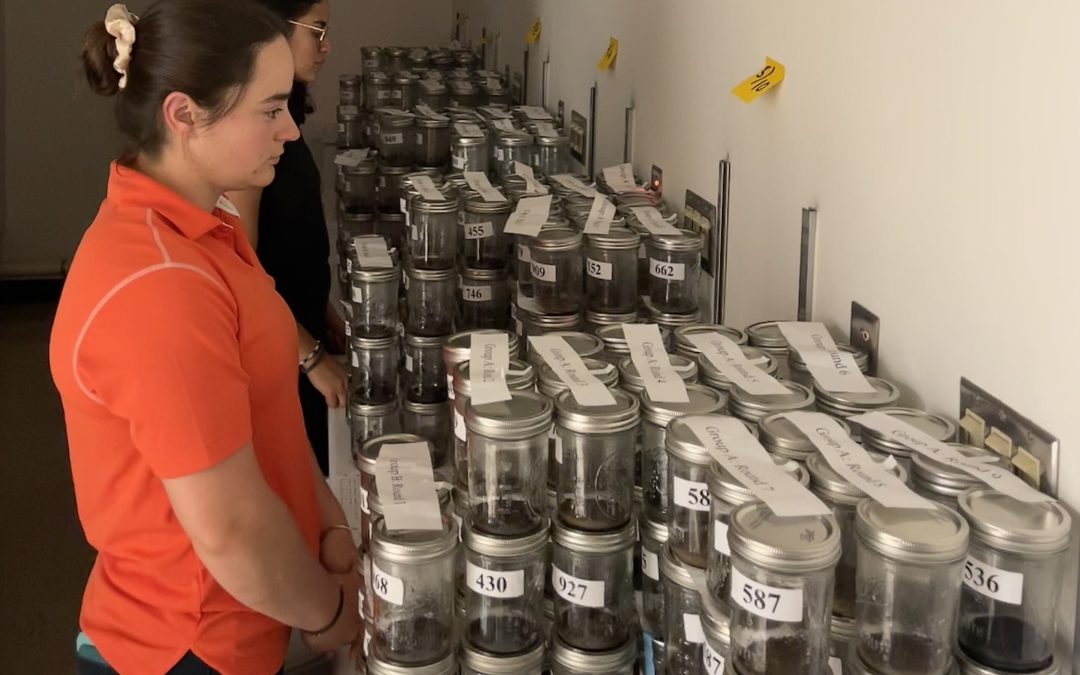
by Elise Koning | Aug 18, 2025 | Conservation Technology Information Center Project Director
If you’re a coffee lover, there might be no better smell than the early-morning aroma of fresh java diffusing through your home. Depending on your preference, that smell—and the coffee’s taste—could be nutty, smooth, or sweet. Those flavors are analyzed through coffee...
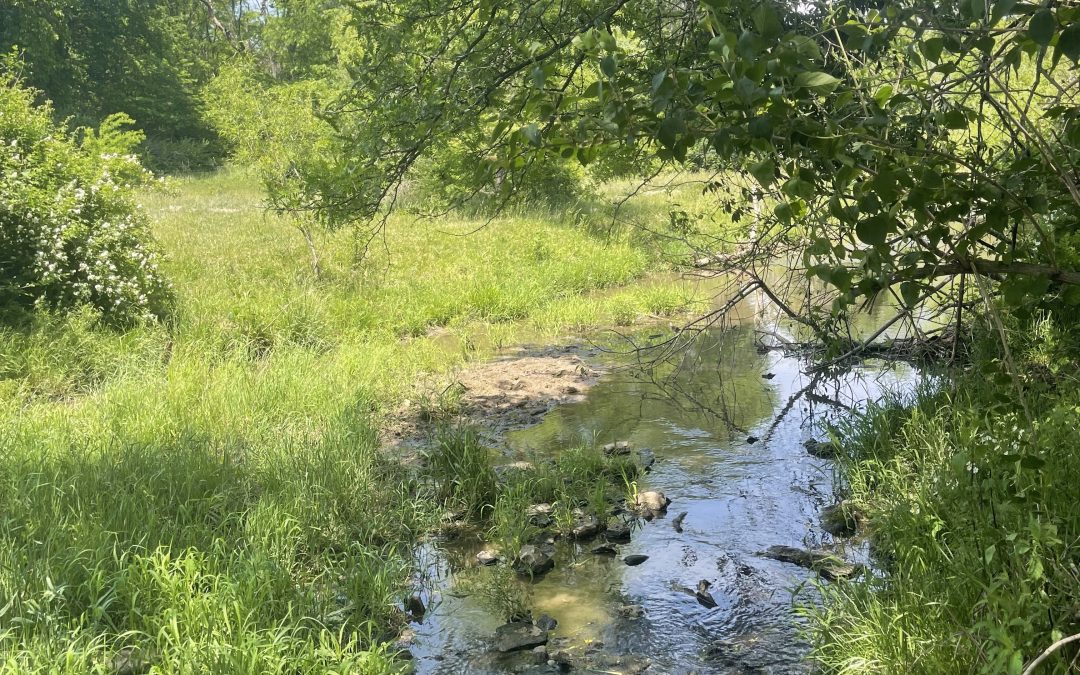
by Elise Koning | Jul 17, 2025 | Conservation Technology Information Center Project Director
Connecting landscapes, farm-level economic decisions, air quality, and water quality is part of discovering how diversified agricultural systems can succeed. Making those connections is one of the challenges the DCB Modeling Team is tackling. Monitoring water quality...
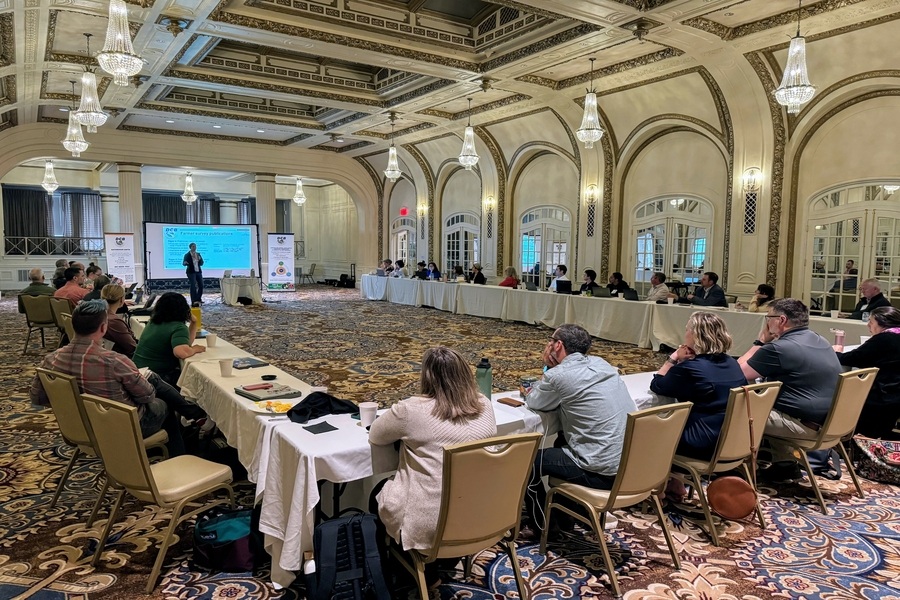
by Elise Koning | Jun 26, 2025 | Conservation Technology Information Center Project Director
Members of the DCB Team met in Davenport, IA, for the All-Team Meeting May 20-22. One of the Diverse Corn Belt Project’s (DCB) strengths is the collaboration of several disciplines in gathering insights about farming systems in the Midwest. That strength was showcased...
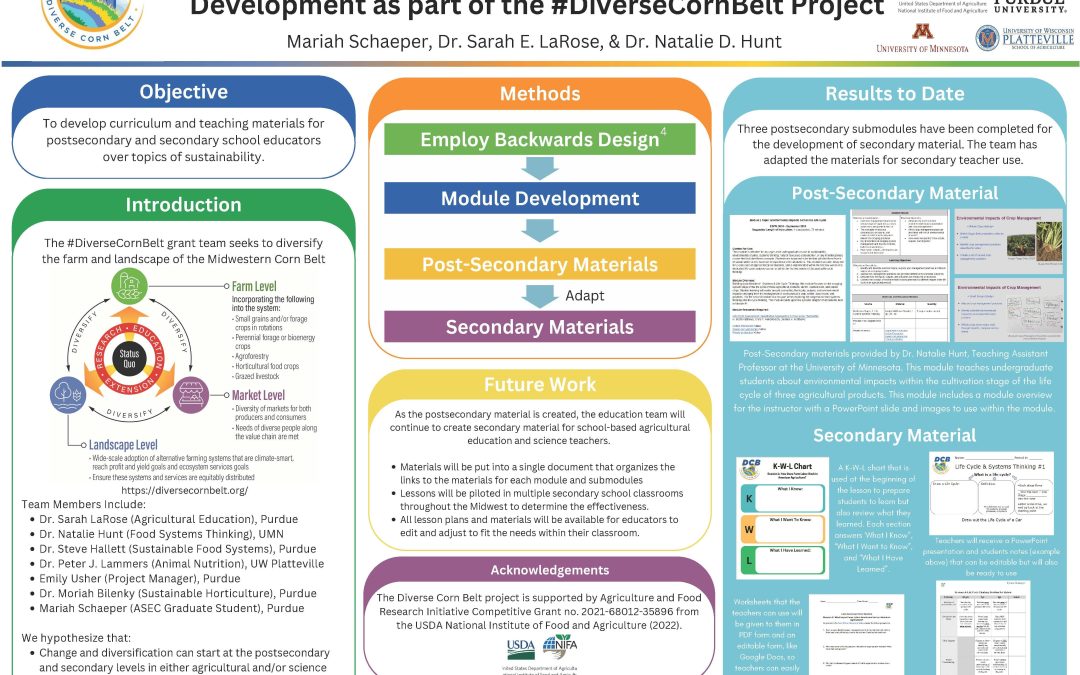
by Elise Koning | Jun 5, 2025 | Conservation Technology Information Center Project Director
Creating a system where all farmers can succeed is part of the challenge of agricultural diversification. The Diverse Corn Belt Project is researching how diversifying the Corn Belt can work for everyone. Systems thinking is a good place to start. Natalie Hunt, a...

by Elise Koning | Mar 20, 2025 | Conservation Technology Information Center Project Director
Researching soil health is, in some ways, similar to understanding human health. That’s according to soil scientist Andrew Margenot. He leads the DCB In-Field Team that is looking at soil health in a variety of systems across Iowa, Illinois, and Indiana. “Doctors...
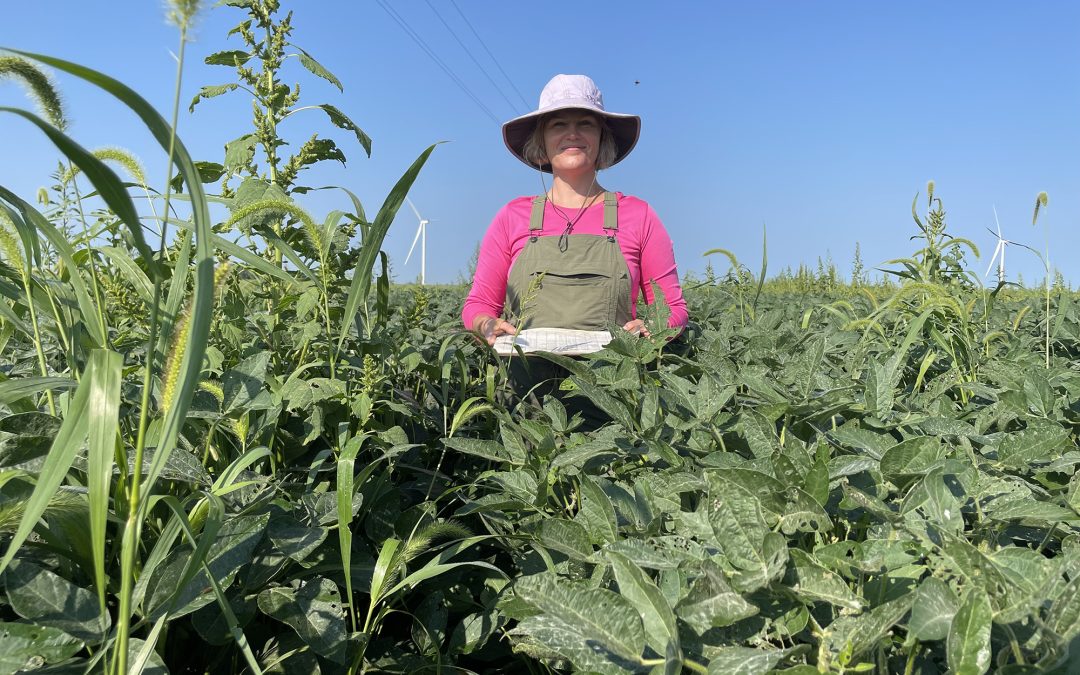
by Elise Koning | Feb 19, 2025 | Conservation Technology Information Center Project Director
Agricultural diversity includes a wide range of aspects, from the ground to the table, and insects and weeds are an important aspect of diversity on the ground that can help improve crop production. The on-farm aspect of diversification is analyzed by the DCB In-Field...







